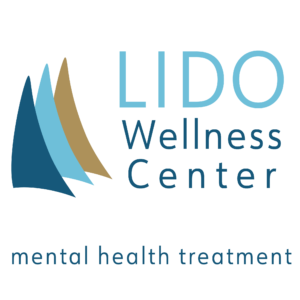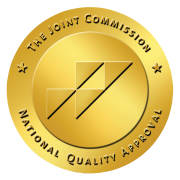The Journey Of Understanding And Treating Eating Disorders
When I was an early career psychologist, if you had asked me my thoughts on working with eating disordered patients my knee jerk response may have sounded something like, “I don’t get it, if you’re hungry eat, if you’re not hungry don’t eat, simple”. Insert present self wanting to offer former self some words of advice- our relationship to food is often not that simple.
Flash forward a few years. No longer completely green and having made a big career change from working primarily with children ages 3-17, I found myself gearing up to work in a residential program treating you guessed it, primary eating disorders and substance use disorders. Fortunately, I possessed enough self-awareness to know that my old thinking patterns about treating eating disorders would be disastrous if I hoped to be successful and an agent of change. I threw myself head first into getting my hands on any and every book I could about eating disorders.
And then it hit me. While yes, eating disorders, as the name implies, are about a person’s relationship to food and their body, the research and hours of clinical practice I was participating in weekly began to emerge more unrelated explanations of these complex symptoms. It was in this phase of discovery that I had empathy for that early career psychologist who could not see this connection, not because of a lack of education or sensitivity, but because so often when something hits so close to home, we cannot or in some cases will not see it. While I credit my years of education and training as a psychologist in protecting me from developing disordered eating, I was no stranger to some of the more insidious characteristics of these disorders, including proneness toward perfectionism, a highly critical inner-voice and frequent experience of shame.

The metaphorical and emotional components of these characteristics, with all due respect, do make the food behaviors and body connection simpler to navigate. Those struggling with eating disorders will objectify their bodies, some in an effort to simplify the process of navigating their emotional landscape. Others will mirror their food choices with their belief system that may chronically say, “you don’t matter, you don’t deserve to take up space”, thus resulting in a deprivation of nourishment and spirit, threatening to erase their existence both spiritually and physically for good.
The physiological, emotional and spiritual components of healing from an eating disorder are long, laborious, AND possible. The healing journey is a simultaneous effort to address the tangible elements of restoring nourishment and signals to the body and addressing the intangible-the complexities of embodied emotions, repairing attachment injuries, noticing our subtle and sometimes intense sensations and spirituality to regain our footing and trust that WE DESERVE TO BE HERE.
Roth (2010) captures this integrative healing journey exquisitely in Women, Food and God:
Instead, ask yourself what you love. Without fear of consequences, without force or shame or guilt. What motivates you to be kind, to take care of your body, your spirit, others, the earth? Trust the longing, trust the love that can be translated into action without the threat of punishment. Trust that you will not destroy what matters most. Give yourself that much.
Dr. Lesley Tate-Gould, PsyD, SEP
References:
Roth, G. (2010). Women food and God. Simon and Schuster.




